You probably witnessed how your cold frame benefits you in a way that extends your gardening season. If you are wondering if your cold frame needs to be airtight, you've come to the right place. We've researched this topic, and here's what we found.
Your cold frame doesn't need to be airtight. A well-ventilated cold frame is still recommended for your plants, especially during summer. However, you may close it during winter to prevent frost damage.
In this article, we will discuss if cold frames really work, if they need to be airtight, and where you should place them. Keep reading to learn the essential information about cold frames.
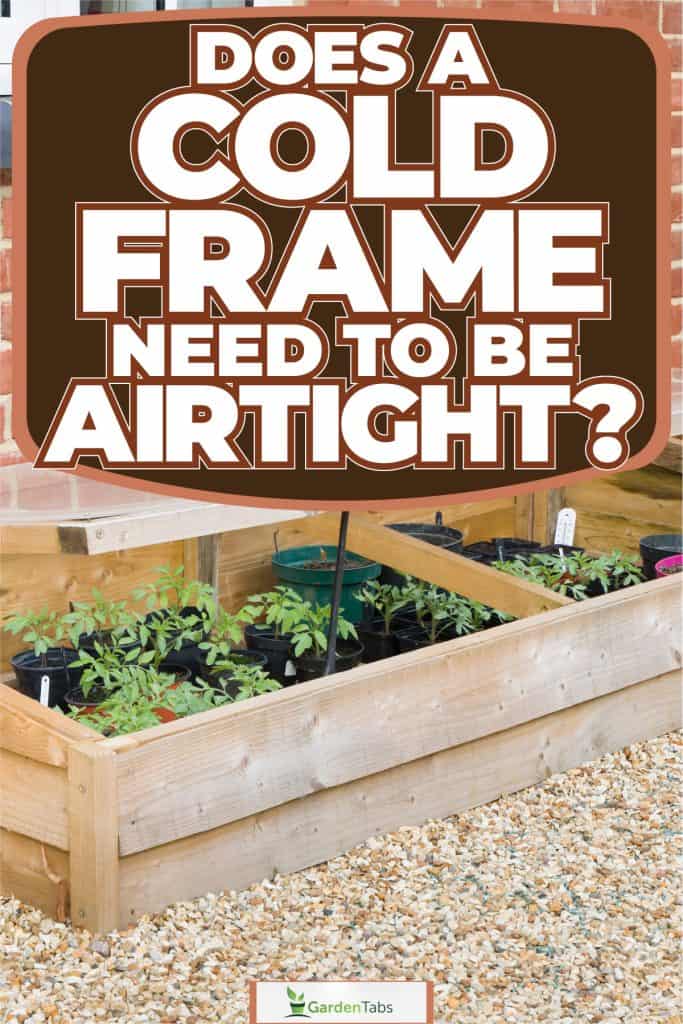
Do Cold Frames Really Work?
Cold frames increase the growing season of your plants. They also shield plants from abrasive weather and maintain humidity.
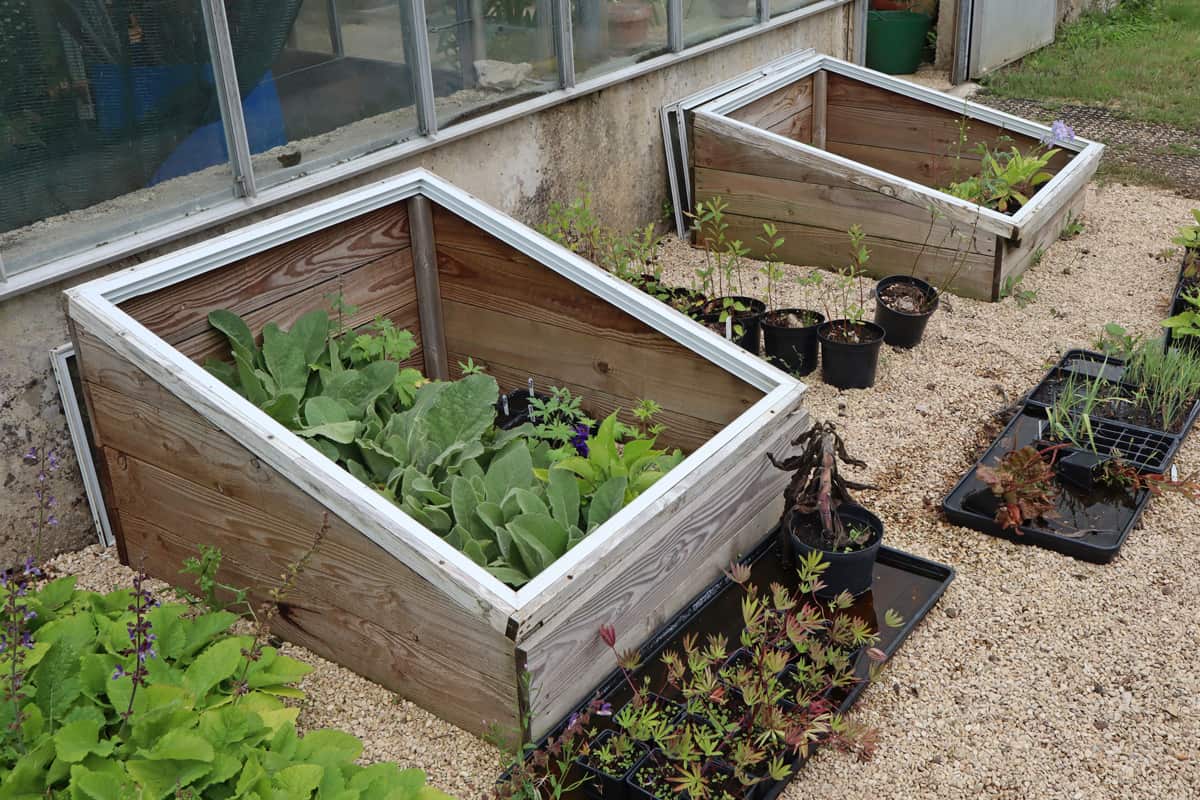
Using a cold frame offers the chance to start your plants a few weeks early. A cold frame is a small greenhouse box designed to receive heat from the sun and propagate plants.
Here are the advantages of using a cold frame:
Protects Crops From Cold
Despite the ground's insulation and the sun's warmth, you still need to eliminate any cold air that can endanger your plants. Fortunately, a cold frame protects crops from the elements, such as wind and cold temperatures.
You could use a digital thermometer to record the temperatures in your cold frame, and you will know how much a frame's inside can warm up.
Click here to see this outdoor thermometer on Amazon.
Preserve Plants
Cold frames are fantastic for preserving plants and extending their growing season.
Serve as Backup
You can use a cold frame when you don't have enough room for a greenhouse.
Affordable
Installing a cold frame by yourself is affordable and an excellent way to grow your plants. You may also look for cold frames online.
Click here to see this Zenport cold frame on Amazon.
Is It Necessary For The Cold Frame To Be Airtight?
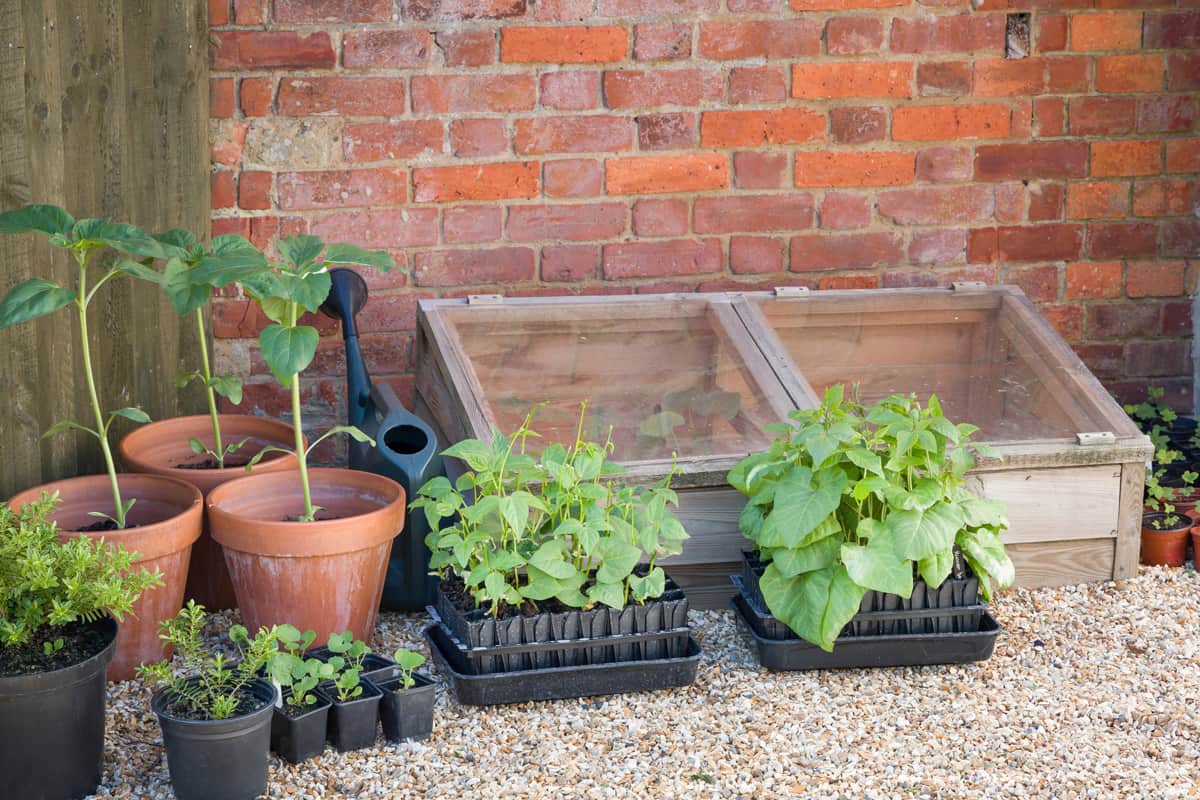
Your cold frame should have some airflow. Thus, it doesn't need to be airtight.
It might harm your plants if there is no ventilation. To ventilate your cold frame, prop the windows slightly open. Also, once seedlings have emerged, the cold frame should be vented more often to promote air circulation and prevent damping.
Be careful how much space you open your cold frame because large openings can cause frost damage by allowing freezing nighttime air to penetrate the cold frame. Keep an eye on the temperature throughout the day, and if your cold frame becomes too warm, make sure to vent it by opening the lid and letting fresh air in.
When it comes to winter, you can protect your cold frame from wind if you make it airtight. You can also do it when the temperature drops at night. Use clear greenhouse tape to patch up shredded or damaged plastic to stop air leaks.
Click here to see this greenhouse plastic sheeting tape on Amazon.
Where Do You Place A Cold Frame?
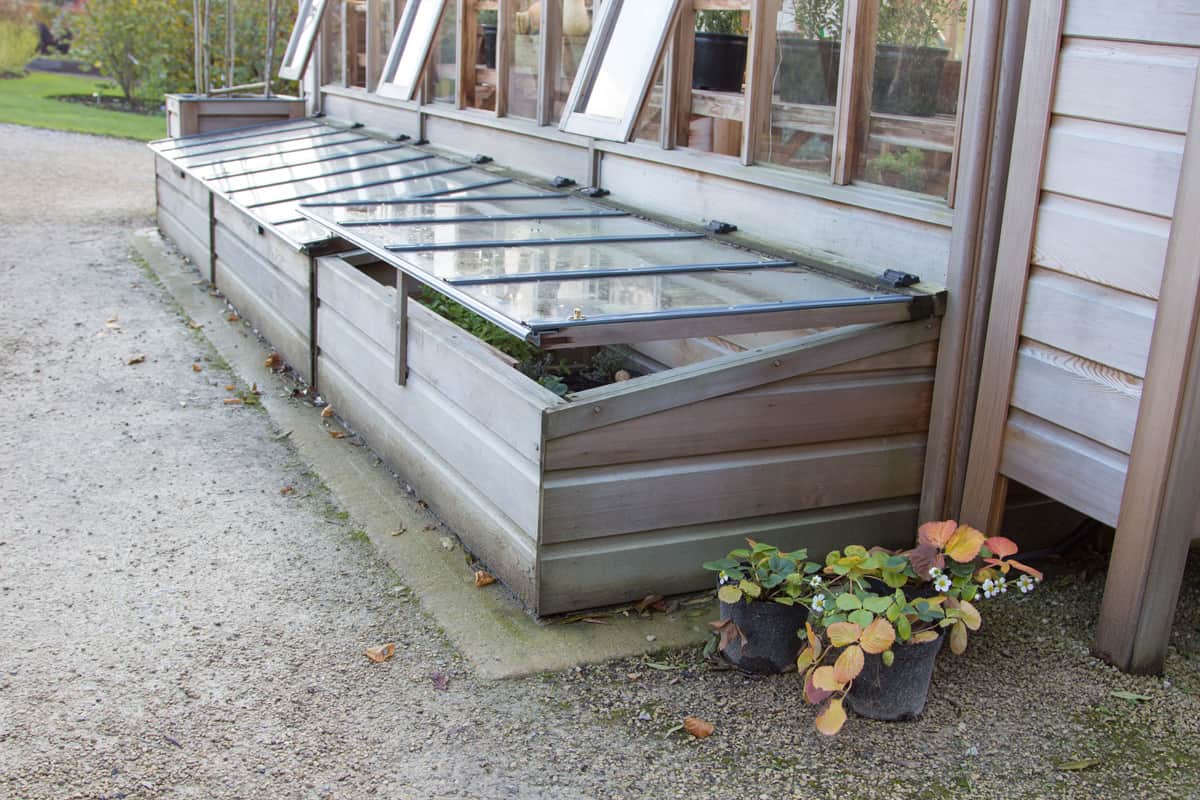
Cold frames look like tiny greenhouses placed on the ground. One of the essential considerations when having a cold frame is its location. You must choose the ideal location for your cold frame to work best.
The purpose of the structure is to collect light and heat. Thus, find a location that receives full sunlight and protection from the wind. Your cold frame can function well if it gets enough energy to heat the interior.
The only heat source for a straightforward cold frame is sunshine. There will be most heat if you place your cold frame facing the south area. Make sure nothing prevents your cold frame from receiving sunlight all day long.
Also, place the cold frame in a well-drained area and avoid putting it in areas with strong winds. It is always better to place it near your home so that you can quickly look out for your plants daily.
Considerations When Building A Cold Frame

A cold frame is typically a durable construction box that can survive the weather. It mainly functions as your shield from extreme weather.
Cold frames are available for purchase in different locations. However, building them yourself is typically more affordable. Building cold frames is simple; you can construct them yourself and have them in your backyard.
Here are the top considerations when building a cold frame:
Angled Sash
A cold frame should ideally be sloping in construction. The angled sash in a cold frame is due to the height of the back wall, which is higher than its front wall.
Due to its angled sash, the sun's rays can always fall at a perfect angle. Also, it makes rain and snow roll off a sloped frame easily. It secures your plants from being covered by falling leaves.
Insulation
The amount of insulation a cold frame offers depends on its structure. Keep in mind that it gets colder at night, and make sure your cold frame is insulated.
You can double-insulate your cold frame to boost its level of warmth. Add two layers of plastic to your cold frame and secure them with staples.
Drainage
To prevent leaves and water from gathering, make sure your landscaping has drainage holes. For quick drainage, spread gravel and sand in the planting bed.
Materials
It has a clear top, and its sides are usually wood. Use hinges and screws to fasten the wooden frames.
Windows must be transparent to let in sunlight while keeping the heat inside. You may opt to use materials like glass or plastic. However, plastic is more resilient and can withstand the most heat and humidity for a longer time inside the frame.
You can use a staple gun to fasten the plastic to the wood. On the contrary, it is undeniable that by using glass, you can create a lovely cold frame. Make sure it is simple to open and close so you can check on your plants.
Size
The size of your cold frame is entirely up to you. Make sure that the size of your cold frame suits the intended location.
Efficient Heating
You can paint the interior of your cold frame white or cover it with aluminum foil to reflect sunlight well and can have adequate illumination. With more sunlight, the cold frame will warm up well during the day and into the night.
There are undoubtedly a lot of things you can do to prevent your plants from freezing to death. You could use light bulbs if you think natural approaches are insufficient. You can relax knowing that your plants will be cozy even in the lowest temperatures.
Click here to see this light bulb on Amazon.
What Can You Plant In Your Cold Frame?

Cold frames involve planting several kinds of greenery and are excellent places for young plants to develop during the winter. Additionally, starting seeds in a cold frame will speed up the process of hardening off your seeds.
A cold frame will not support large cool-season plants. Some plants you can grow in your cold frame include carrots, radishes, lettuce, chard, broccoli, onions, and spinach.
Click here to see these spinach seeds on Amazon.
Remember to plant these seeds following the spacing recommended on their packaging. Add more soil to raise its depth and fill any open spaces at the bottom.
Water them frequently to ensure that everything is getting enough moisture. Your plants must be dry if you want your cold frame to stay warm at night. The early hours of the morning are the best time to water your plants.
Your plants won't need much water over the winter and will decay if overwatered. You must keep the soil damp but not soggy. Remember that young plants are more vulnerable to severe weather than mature ones are.
In Closing
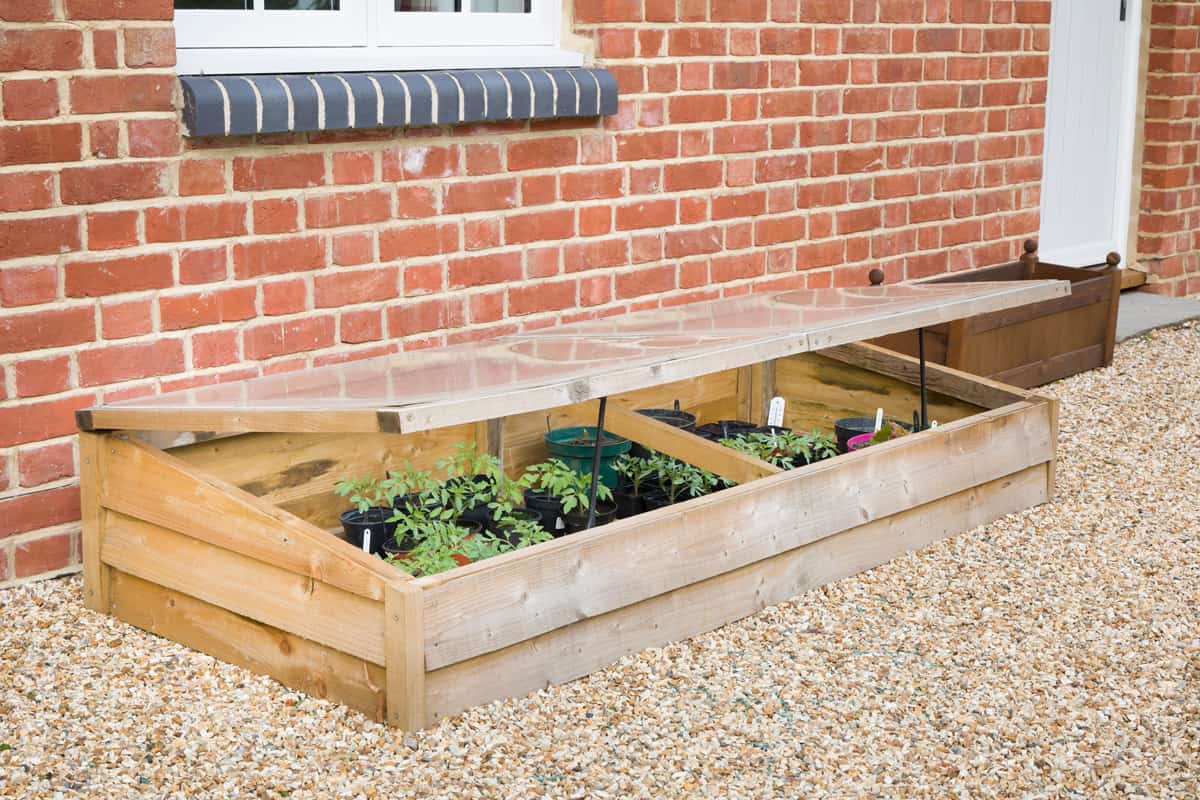
A good place for preparing your seedlings for the more challenging outdoor conditions is a cold frame. It can lessen the stress that the environment puts on the plants.
Allowing oxygen and carbon dioxide to circulate in your cold frame is always preferable. Just keep in mind that you should always insulate and monitor your plants' temperature so they can thrive, flourish, and survive longer.
With proper maintenance, a well-built cold frame will survive for years. We've covered a lot of information about cold frames, and we hope they all answered your queries. Before you leave, kindly visit these other articles for some exciting reads:
19 Types Of Ornamental Sedges That Would Look Great In Your Garden
When To Air Layer Japanese Maple?
Can You Garden Year Round In Florida? [Yes! Here Are Some Tips & Tricks!]





